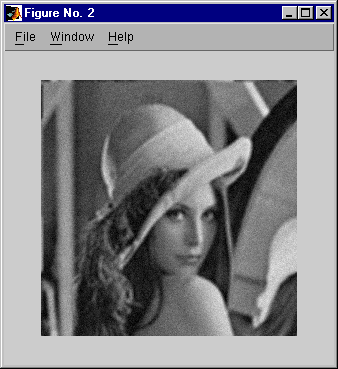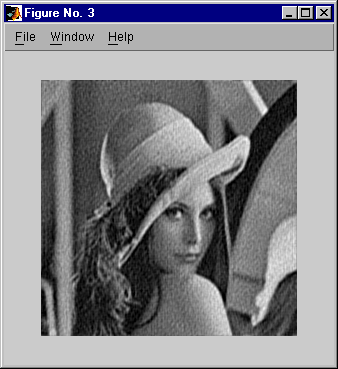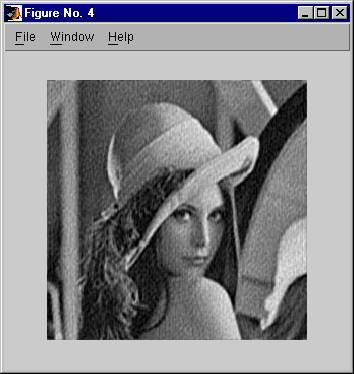PROGRESS REPORT #2
- After one week research phase of the project, we have determined the framework of the project and started implementing some algorithms. In this progress report we will describe the project framework, some tantative implementation of the algorithms and experiment results.
- The focus of this project is to investigate image restoration including non-blind deconvolution or blind deconvolution, and image denoising. During the last week we have read several textbooks and review papers from IEEE Signal Processing Magazine. The classical image restoration methods are inverse filtering and Wiener filtering, which are methods in Fourier domain. These methods are going to be considered in the project together with the state-of-the-art wavelet domain algorithms. We also consider several fundamental blind deconvolution algorithms and compare the results with non-blind deconvolution algorithms.
- Below listed is the details of the framework of the project subject to some possible change in the future.
- Inverse filtering: consider Fourier domain inverse filtering for image
restoration with two imaplementations (Ref: Lim's book)
- Implemented using DFTs and inverse DFT
- Implemented using an iterative procedure
- Wiener filtering: consider the Wiener filtering algorithms introduced in the class for
image restoration
- Fourier domain implementation with the assumption that the image pixels are independent
- Image adaptive implementation
- Fourier domain and wavelet domain approach: Fourier domain inverse
partly filtering together with wavelet domain denoising
- Neelsh et al's powerful regularized inverse filtering plus undecimated wavelet domain denoising algorithm
- Donoho's separable inverse filtering followed by wavelet denoising algorithm
- Blind deconvolution: three algorithms for three specific assumption on the point spread function (PSF) (Ref: Pratt's book and Lim's book)
- the algorithm based on the assumption on the smoothness of the PSF
- the algorithm based on the assumption that the region of the support of the PSF is very small
- Stockham et al.'s algorithm
- During this week we also implemented Neelsh et al's powerful Fourier domain regularized inverse filtering plus undecimated wavelet domain denoising algorithm, and made some experiments. We almost exactly code the algorithms described in the paper [neelsh et al.] and repeat the experiment in the paper. We corrupted the standard 256x256 Lena test image by convolving with the simple 4x4 square blurring filter h=[1 1 1 1]^T[1 1 1 1]/16, and adding zero-mean white Gaussian noise of standard deviation 8.465. The experiment results are listed as follows and the Matlab code can be obtained from
wavelet_based.m
-
-

-
- Figure 1: Original Lena
-

- Figure2: Corrupted Lena
-
-
-

-
-
- Figure 3: Restored Lena using Wiener filter
-

-
-
- Figure 4: Restored Lena using Neelsh's algorithm
-
-
-
-
-
-
-
-
-
-
-
-
-



